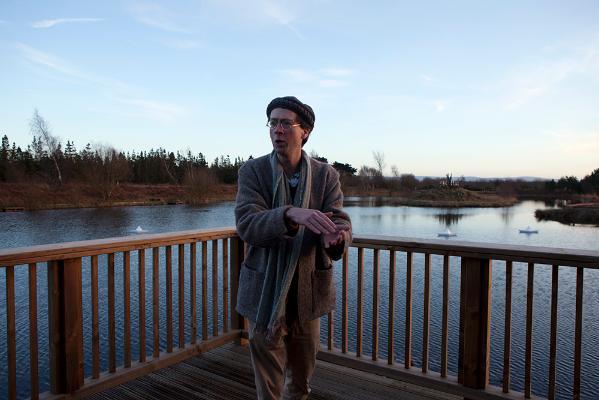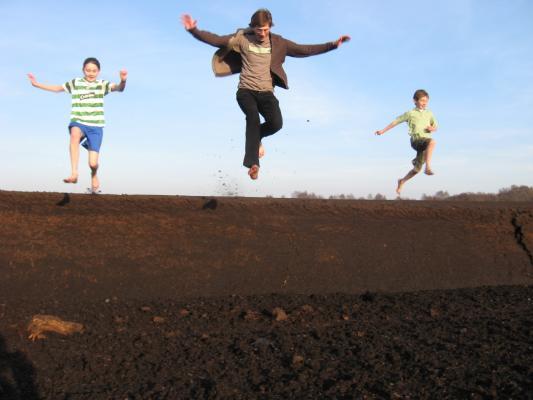In This Section
Peatlands: The Livers and Kidneys of Ireland

Peatlands: The Livers and Kidneys of Ireland
Our first blog post is by writer, broadcaster and invited Peatlands Conference speaker Manchán Magan...
Ireland's peatlands may not be regarded as the heart and soul of the nation they are more aptly considered its liver and kidneys - a crucial part of our anatomy and psyche that we give far too little attention to. These richly pigmented ecosystems represent a complex bio-diverse realm hiding beneath a tweed-textured cloak as dark as créme brulee and as complex as the most fraught fractal. They ought to be our greatest treasure and yet for decades we've either ignored, exploited or actively destroyed them. They are an endangered species that needs our protection a collective effort by all sections of society, from citizen scientists to tourism providers, to begin to learn more about them.
The most exciting element of this event at UCC focusing on Transdisciplinary Conversation on Peatlands is the fact that it brings together academics with artists, writers, nature-lovers and bogophiles (if such a term exists) to share ideas and insights and imagine new futures.
For Irish artists and creatives who were bewitched for so long with the Atlantic coastline as their inspiration, it took the arrival in Ireland of one of the world's most influential post-war avant-garde artists, Joseph Beuys, in 1974 to refocus our attention on these massive sponges of decaying trees and plants. He arrived in Ireland from Germany on a mission to make pilgrimage to the bog, lured here by the sheer wonder of these fibrous almanacs that loyally record every fallen pollen grain, spore and Neolithic wheel rut. 
Photo: 'Bog Jumping' at Kilashee Bog
For Beuys bogs were: “the liveliest elements in the European landscape, not just from the point of view of flora, fauna, birds and animals, but as storing places of life, mystery and chemical change, preservers of ancient history.â€
It's about time, all of us beyond the realm of peatland conservationists and academic biologists begin to engage with the bog, and the hope is that this conference can be a further step along this road.
Irish Peatland Archaeology Across Time (IPeAAT)
Contact us
